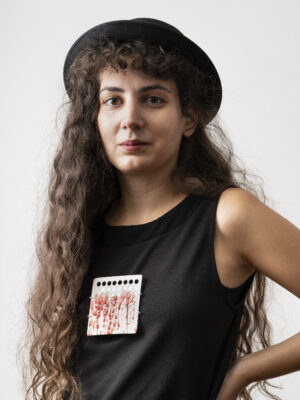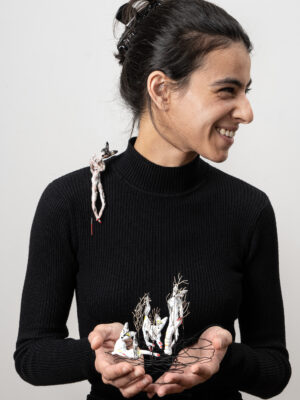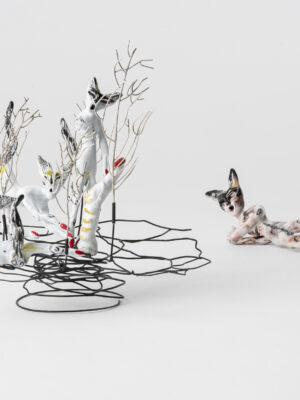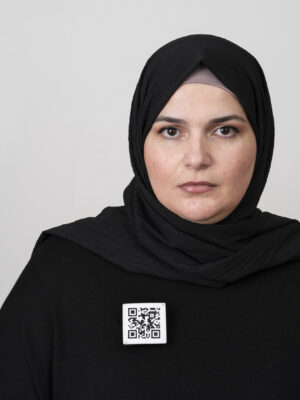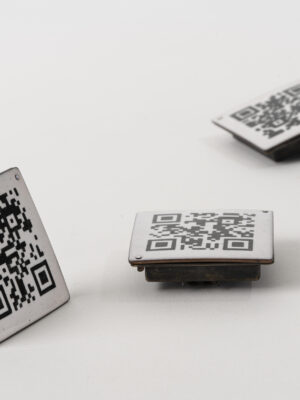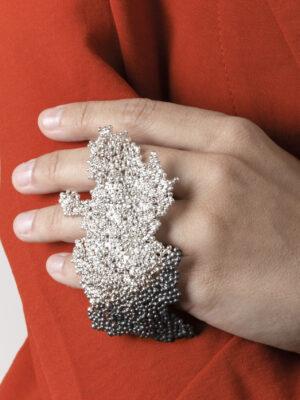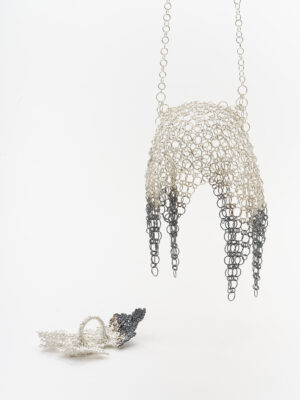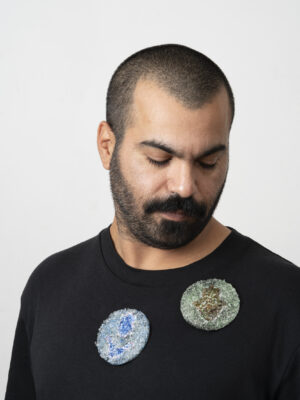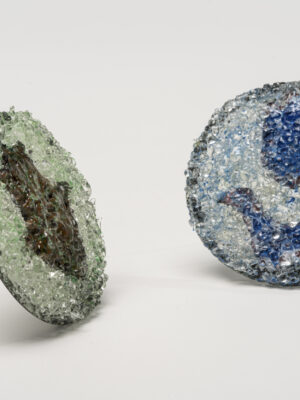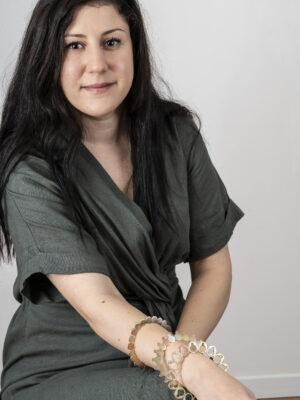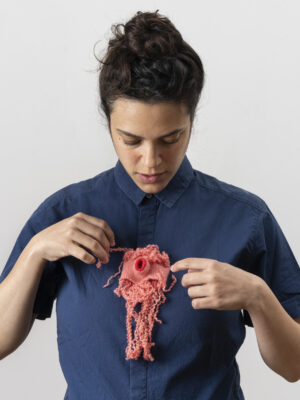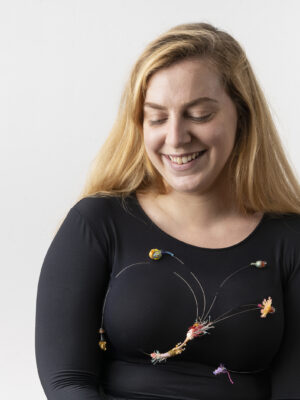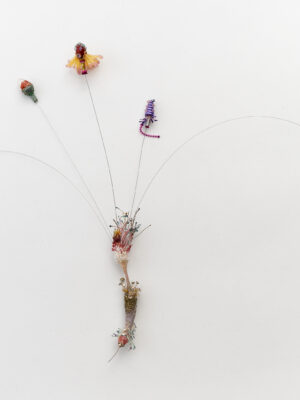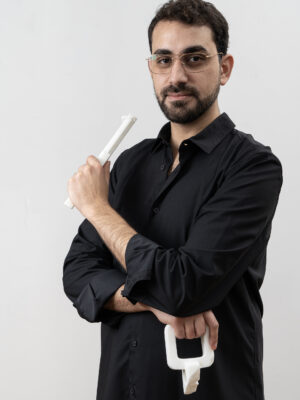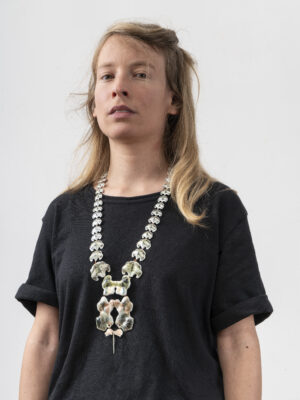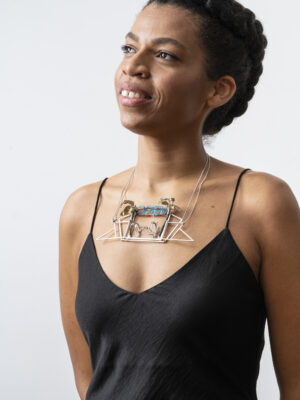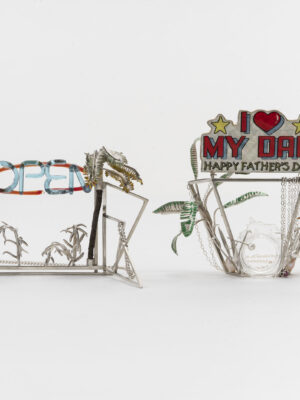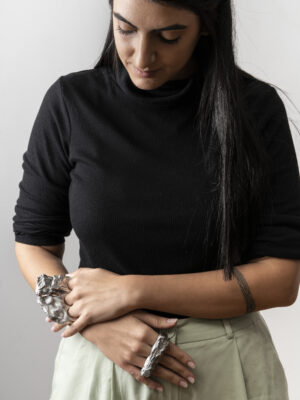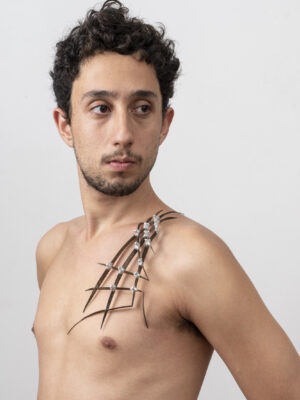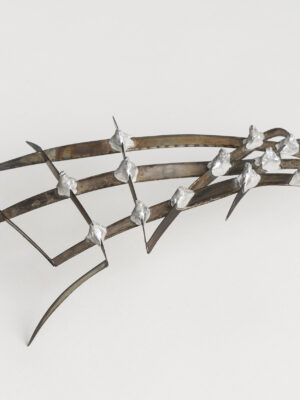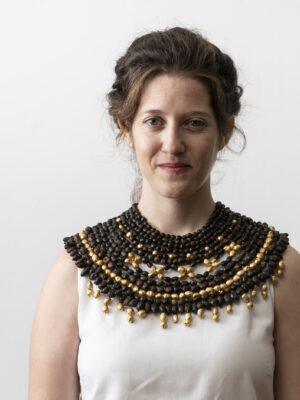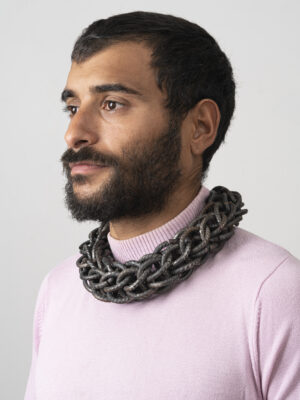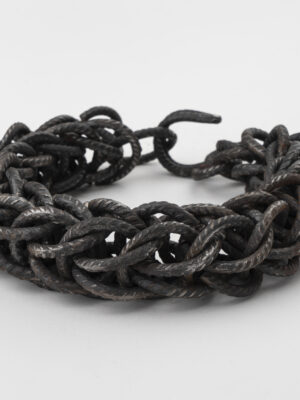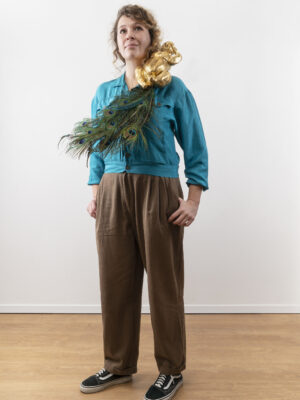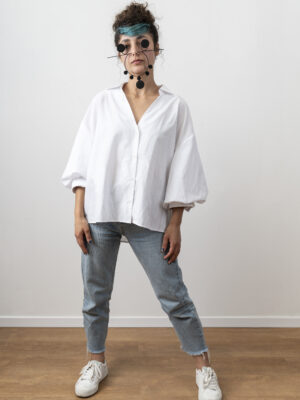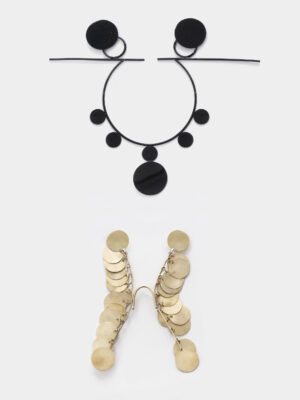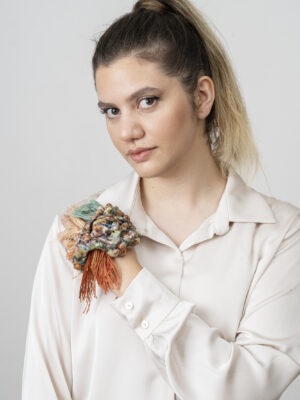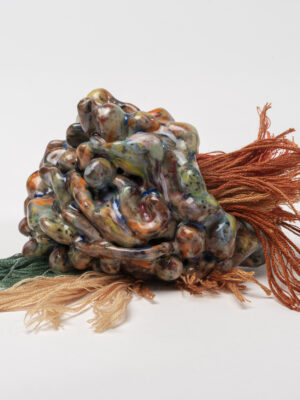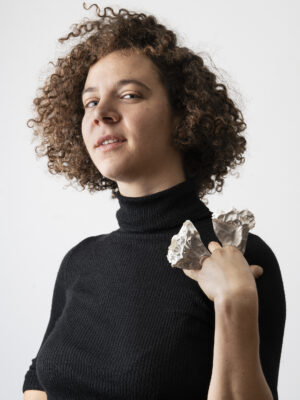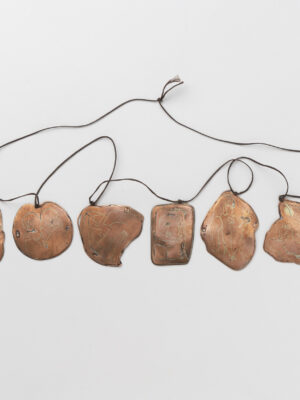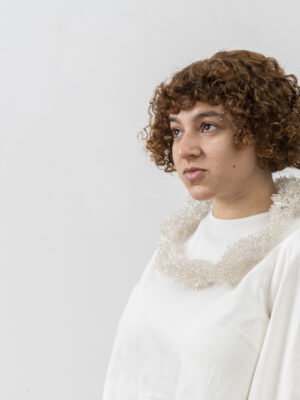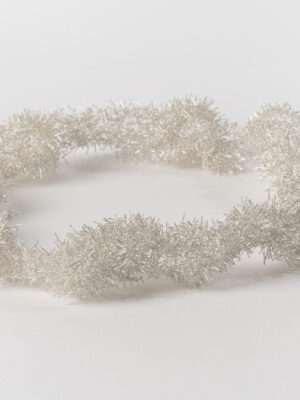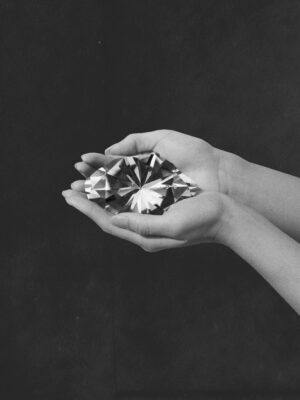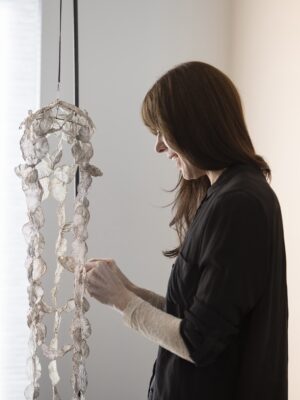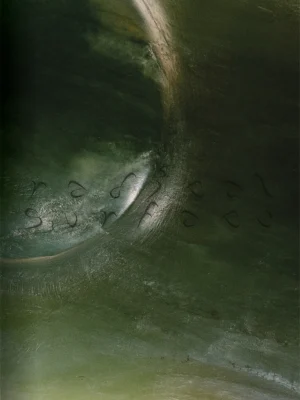This year, department professors, Einat Leader and Vered Kaminski have the pleasure of showcasing the work of current and recent graduate students of the jewellery department at Bezalel Academy of Arts and Design, in Jerusalem. We spoke with the two educators in advance of MJW to get a bit of background on the show, hear more about the Bezalel legacy as Israel’s oldest institute of higher learning, and their thoughts on what distinguishes this era of students from others.
ABOUT THE SCHOOL IN GENERAL
Margaret Munchheimer: The students of Bezalel will be showing their work this year in the ‘Under The Stairs’series at the Pinakothek in Munich. We spoke about the roots of the school, the jewellery program in particular, and its special historical relationship between Bezalel and Germany. Can you share a bit about that? Would you say this legacy in some way feeds the work that gets made there, or has had a lasting impact in some way?
Einat Leader & Vered Kaminski: It should not to be underestimated, the strength of influence and impression left by Bauhaus and the spirit of modernism in the mid 1930’s – both at the level of the craft and concept, processes and the methods of production – thanks in part to artist goldsmiths who began to emigrate from Germany, bringing their tools, language and concepts from the German culture. But the relationship between Bezalel and Germany has in fact existed since the establishment of the Academy in 1906, and primarily as a result of constant collaboration or exchange surrounding the craft. The name of the school is even inscribed both in Hebrew (Bezalel Beit Midrash for Crafts) and in German (Bezalel Kunstgewerbe Schule) at the entrance to the academy, and many of the tools and technological terms published in Hebrew but derived from German, for example: Punze or Aetzung, being introduced by the German immigrants who came to Jerusalem and taught at Bezalel.
This continued throughout the 1960’s, and into the 1990’s with the New Jewelry Movement, and does so to this day, with Bezalel graduates studying abroad and returning to lecture in the department, such as Attai Chen, Shachar Cohen and Naama Bergman. We would like to add, however, that the concepts of the department and the academy have also developed and been strengthened by others coming from North Africa and the countries of the Middle East, as well as from other places in Europe. All of these have created a special and dialectical compound of cultural extremes that complement each other in a very unique way.
ABOUT THE EXHIBITION
M: How would you describe the selection process for this show? What do you feel is most strongly communicated in this exhibition, or would you most like to convey with the choices?
V+E: The works were selected from various courses given during the four-year track studies at Bezalel, mainly from the final projects. The works were selected from projects supervised by various teachers of the department’s staff and were certainly influenced in spirit by others as well. The students whose works were selected come from all over Israel, from different sectors, ethnicities, and religions. We tried to choose representative works of students that have developed a broad concept of creation in their studies, which would be able to reflect the diversity that has been created in the department over the last decade. Their works deal with the gaps and tensions between function and idea; between art for art’s sake and social-political art; between works that reflect individuality and social thought; between the West and the East; the local and the universal. This ‘alloy’ of people bringing their traditional local roots and ideas, mixing and influencing each other
‘They are more independent than previous generations…examining new perspectives on customs of wearing and use.’
ABOUT THE WORK AND THE STUDENTS
M: Vered, if I understand, you were Einat’s teacher as well, I’m curious about your perspective on how the students have changed over the years. It is difficult to generalise of course, but would you say you see any patterns in the work of the students today- any overlap in the ideas they are investigating within their work, or trends they seem to be busy with?
Vered: At the time Einat was a student, the profile of the students was more homogeneous and reflected the times. Today we have a varied group of students, from different religious, immigrants of different countries and students from all the peripheries of Israel. So, today many ideas and ways of thinking play part of what we see at the students works.
M: Do you see anything particular to the students of now, or ways in which their approach to the work is different than previous groups?
Vered: Today the students are less dependent on the silversmith or goldsmith profession and their works are made of different materials and with larger view of design.
Einat: Right, also today’s students base their work more on a personal outlook, but at the same time they also strive to touch a wider cultural discourse. They are more independent than previous generations, passionate and determined, not afraid to create art, while at the same time examining new perspectives on customs of wearing and use.
M: What kinds of things are they looking at for the future, in terms of how to pursue their careers? For example, are they focused on galleries, or their own methods of exhibition; commercial design; critical theory and post-graduate education, or some other thing completely?
Vered: I believe they will try to show their work at galleries and museums but through virtual platforms as well.
Einat: Absolutely, in addition, some students have dreams of advanced studies, both practical and theoretical. Throughout their studies, they learn and become acquainted with the history and texts of the field, from which they seek to research and learn further, as well as engage in depth with traditional and contemporary creative techniques. Some also seek a more peaceful environment to create in.
This article is published in the printed edition of Munich Jewellery Paper, which is available for purchase through our web shop. Click on here to purchase the Paper.
Cover Image: Anaelle Attab Azoulay, Menorah-Brooche
